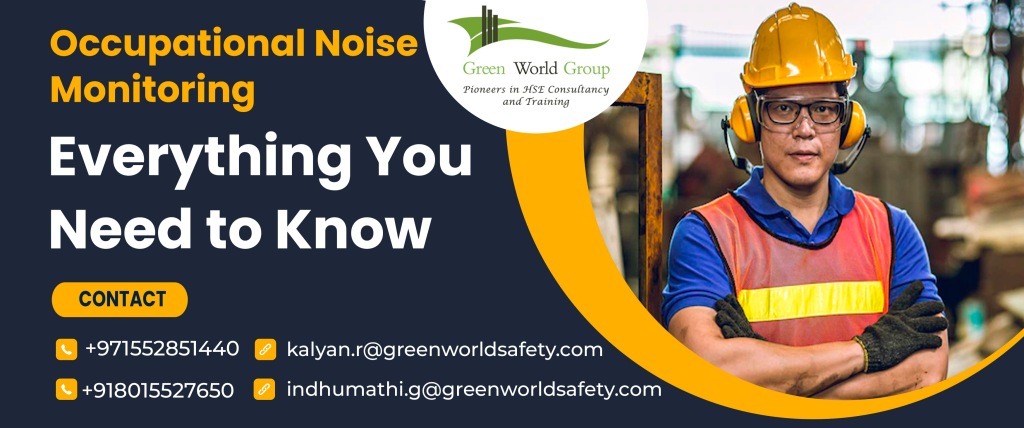
What Is Noise?
Noise is described as an unwanted or unpleasant sound that can affect our hearing. It is all around us, both in natural and man-made settings. There are numerous sorts of noise, and it can originate from various sources. Noise pollution can have major health consequences, thus it is critical to strive to decrease it wherever feasible. There are several approaches to this, which we shall go through in greater detail below.
What Is Noise Pollution?
Noise pollution is an issue that is becoming increasingly prevailing in today’s world. It is defined as an unwanted sound that can be dangerous to our hearing. Noise pollution can come from various origins, both natural and man-made. Some examples of natural noise pollution sources include thunder, volcanoes, and earthquakes. Artificial sources of noise pollution are often much more audible and more constant. These include construction equipment, traffic, and noisy or unpleasant sound or music.
How Can Noise Affect Your Health?
Noise pollution can have significant consequences for our health. It has been connected to several issues, including:
High blood pressure: Exposure to loud noise has been found in studies to raise blood pressure, which can result in heart disease and other health issues.
Heart Disease: Noise pollution has been related to an increase in the risk of heart disease, and this is because it might raise blood pressure and stress levels.
Stress: Noise pollution can create stress and Anxiety, which can contribute to several health issues.
Sleep disturbances: Noise exposure can disrupt sleep, resulting in a number of health issues.
What is Occupational Noise Monitoring and How it’s Accessed?
Since the dawn of the industry, occupational noise has been a continual concern, and occupational noise monitoring is required to ensure that workers’ hearing is protected from excessive noise at their workplace. All employers are expected to consider the dangers to their employee’s health and safety posed by workplace noise. One method is to conduct a workplace occupational noise monitoring survey. The findings will assist the company in developing its action plan to limit noise exposures as required by laws. According to these requirements, businesses must monitor noise levels in the workplace and take efforts to minimize or reduce exposure to noise dangers.
All employers that undertake work that is likely to expose any employees to noise at 80dB(A) or higher than a lower exposure action value must conduct a reasonable and sufficient evaluation of the risk that noise poses to those employees’ health and safety. The risk assessment must also identify the procedures required to meet the regulations’ criteria by removing or minimizing the exposure.
Workplace Noise Assessment
Noise assessments are undertaken by attaching noise monitoring equipment (dosimeters) to several representative employees at the workplace. The employees wear the dosimeters for a minimum of four hours, or preferably for the entire shift. The noise data collected is then analyzed to determine employees‘ eight-hour exposure level and peak noise exposure.
Do you Need Expert Advice for your Organization?
Green World is the World’s Top-Class HSE Consultants with a decade of experience in this field. Our Expert Consultants can identify and measure noise sources in your workplace to assess what action is needed to be compliant with the legislation in your state or jurisdiction.
Why Green World?
- Green World can help you evaluate your employees’ individual or Similar Exposure Groups (SEGs) noise exposure.
- Create a set of cost-effective control methods to reduce noise exposure.
- Policy development (hearing protection for certain tasks, occupations, and/or surroundings, evaluating new equipment acquisitions);
- Once installed, evaluate new equipment.
- Assess the efficacy of Hearing Protective Devices (HPD);
- Provide guidance on the kind of HPDs that are required for the occupation and/or environment; and
- Staff should be trained in the proper use of personal protective equipment (PPE).
Contact Us
UAE – Mr.Kalyan Pathakota |+971552851440 | kalyan.r@greenworldsafety.com
India – Mrs.Indhumathi | +918015527650 | indhumathi.g@greenworldsafety.com



